
Let’s Discuss your
IDEA!
One would only expect the best from a leading iPhone mobile application development company and that’s what we offer. With our market-leading iOS development services, you get what you pay for.

For all those who are looking to create something unique, our custom iOS mobile app development services are yours to avail.

First impression matters and that’s why design matters. As a leading iPhone app design company, we create impactful designs.

Testing, Assurance, and QA, we deliver 360 services. As a leading iOS app development company, we got it all covered from start to finish.

If you want to create a great iOS mobile app, the work doesn’t end with app development. App maintenance and support is what makes it stand.

To make your iOS mobile application capable high and beyond, Nimble AppGenie leverages suitable integrations and APIs open for your platform.

Stuck with a legacy iOS mobile app? With our expert team, we help you upgrade your platform or migrate to a better one.
Why create an app just for iPhones when you can make it for iPad, iWatch, AppleTV, and MacOS? Nimble AppGenie a leading iOS development company, delivers excellent development services across platforms.
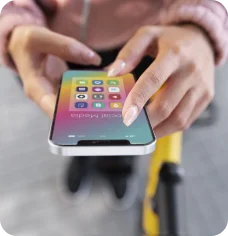
As a custom iPhone app development company, we know how to craft the perfect iOS application for your market that your audience will cherish.
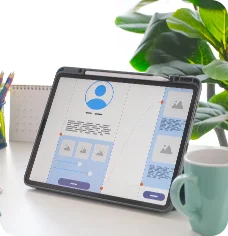
iPads are still all the rage with iPadOS getting better and better. We offer iPad app development services that you can avail.

To complement the iPhone app, go for WatchOS app development and leverage Apple’s IoT ecosystem, delivering better UX.

Don’t limit your platform to Apple Watch and iPads, move beyond with a dedicated app for Apple TV. Our iPhone app developers got it covered.
Let our experienced team turn your idea into a powerful iOS app that drives results.
Get Started Today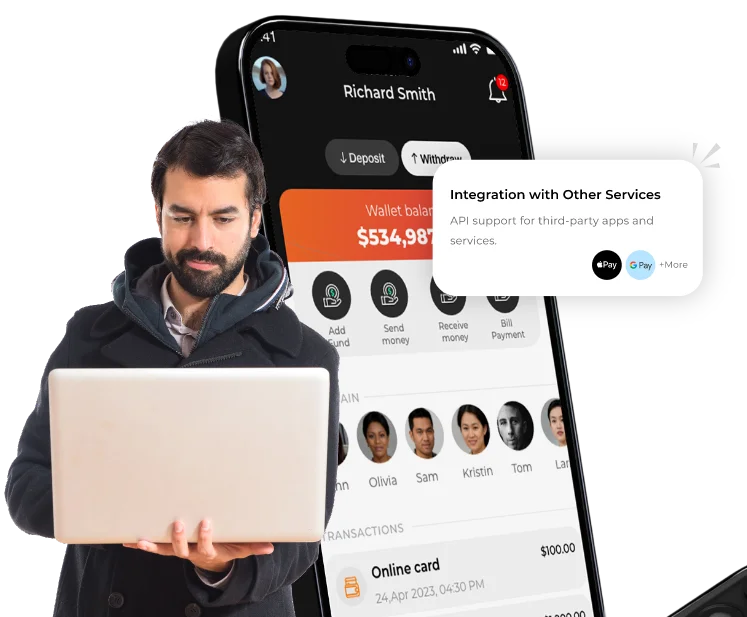
Nimble AppGenie uses only the latest, proven, and best technologies and tools for iOS app development services. That’s what makes us one of the best iOS app development company in the market.
Using agile development, we have developed a streamlined process to deliver our iOS app development services. Here’s how we turn app ideas into reality.


Our team understands your development requirements and project idea.


We turn the concept and idea into an actionable plan with mutual agreement.


Your ideas turn into designs that customers can see and interact with.



This is where our developers write the code and integrate essential services.


With all said and done, it’s finally time to deploy the platform into the market.
Are you looking for iOS app developers? We have a team of experienced professional and creative developers who are eager to help you. Whether you are a startup, business, or enterprise looking for a quality iOS solution, we are here for you.
Whether you want to develop an app for fintech or an iOS game app, our iPhone app developer’s skills and out of the box thinking will surely be a great asset to you. So, if that’s what you want to do, we are here to help you.
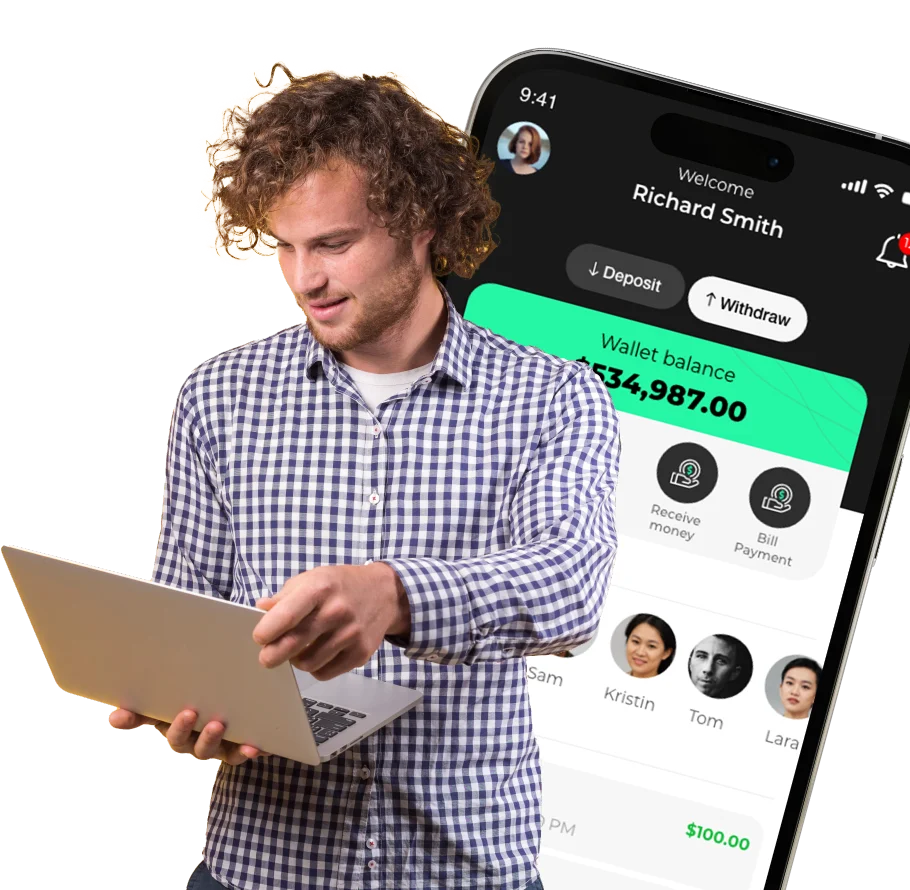
Don’t believe us when we say we are the best iOS mobile application development company. Our awards, recognition, and certificates prove it.

5 Stars Rating Out of 19 Reviews

5 Stars Rating Out of 39 Reviews
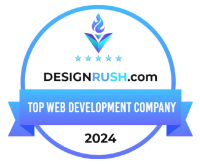
4.7 Stars Rating Out of 22 Reviews

4.9 Stars Rating Out of 34 Reviews
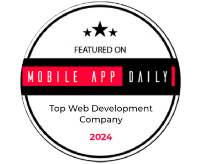
4.8 Stars Rating Out of 28 Reviews

4.9 Stars Rating Out of 17 Reviews
Looking for a partner who will help you create an iOS application? Nimble AppGenie with leading iOS app development services is here to help you. As one of the best in the market, we have what it takes to develop a sophisticated app.

Nimble AppGenie has a team of experienced mobile app developers, you provide unmatched iOS app solutions.

With our iOS mobile application solutions, you don’t have to worry about the future, our solutions are future-ready.

As a leading iOS application development company, we maintain transparency and clear communication.

To deliver the best results and fast-time-to-market in our iOS app development services, we follow agile methods.

At Nimble AppGenie, we help you from ideation to development, deployment, and iOS app maintenance.

Despite being the best in the market, our iOS application development doesn’t burn a hole in your pocket. It’s cost-effective.
Partner with us to create a feature-rich and user-friendly iOS app that stands out in the market. Let’s Build Your App.
Get Started NowLet’s answer your common questions about iOS platform development.
Outsourcing offers access to specialized expertise, faster time to market, cost-efficiency, and scalability, allowing businesses to focus on core operations while professionals handle development.
There are some things that you should keep in mind. For instance, you should look for:
The iOS app development cost varies based on app complexity, features, and developer rates, typically ranging from $30,000 to $150,000 or more for custom iOS apps. If you want to know more, you can contact us, and we will give you a free quote.
iOS app development takes 3 to 9 months on average, depending on the complexity, features, and development process. For an accurate quote, contact our team.
Swift is the most widely used and recommended language for iOS development due to its performance, security, and support by Apple. This is a core part of our tech stack.
The choice between iOS and Android depends on your target audience. If your users are primarily in markets where iOS has a strong presence, developing for iOS first is a smart choice.
Companies use encryption, secure data storage, regular security audits, and strict privacy protocols to ensure the safety and confidentiality of user data. At Nimble AppGenie, we follow the highest industrial standards and advanced technology to ensure security and privacy.
Nimble AppGenie is committed to delivering results that satisfy our client’s needs and their business objectives. Here are testimonials from our clients about their experiences of working with us.
We hired Nimble AppGenie for web development services related to our edtech platform, Glu Learning. They integrated well with our team to solve all the problems and deliver remarkable solutions. Their team have great command of both client side and server side technology. We highly appreciate and recommend their services.
"Our journey with Nimble AppGenie is defined by their consistent availability, reliability, and efficiency. As we look towards expansion, I'm confident our partnership will grow even stronger. And we are eagerly anticipating the next chapter with them.

Read our blogs about the latest industry trends and much more inthe mobile app development industry.